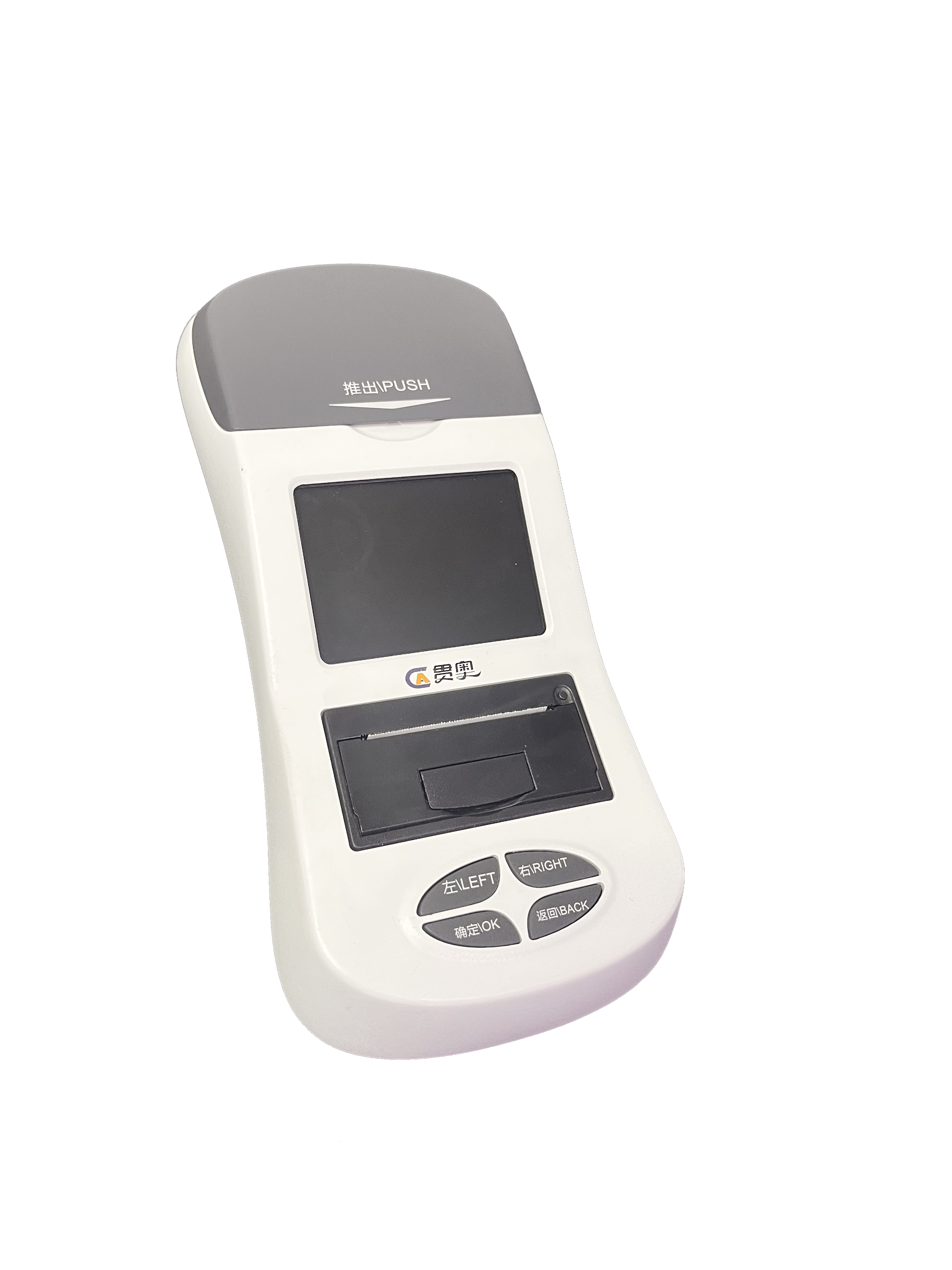The ammonia nitrogen analyzer is mainly used for measuring the ammonia nitrogen content in water samples. Its main working principle is to convert ammonia nitrogen into a certain intermediate product through chemical reactions, and then measure the concentration of the intermediate product to calculate the ammonia nitrogen content in the water sample. It has the characteristics of fast, accurate, and simple operation. It mainly includes two parts: the conversion of ammonia nitrogen and the determination of intermediate products.

Measurement of intermediate products: indirectly calculate the ammonia nitrogen content in the water sample by measuring the concentration of intermediate products. The commonly used measurement methods include conductivity method, spectrophotometry, colorimetric method, etc.
Overall, the ammonia nitrogen analyzer analyzes the ammonia nitrogen content in water samples by converting the ammonia nitrogen in the water sample into intermediate products, and then measuring the concentration of intermediate products. Different analytical methods for ammonia nitrogen have different applicable ranges and accuracy.



